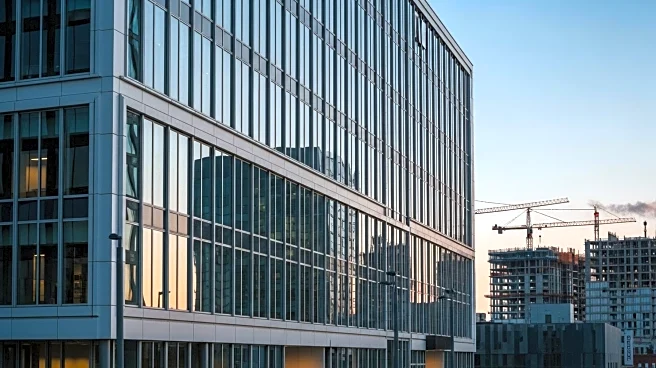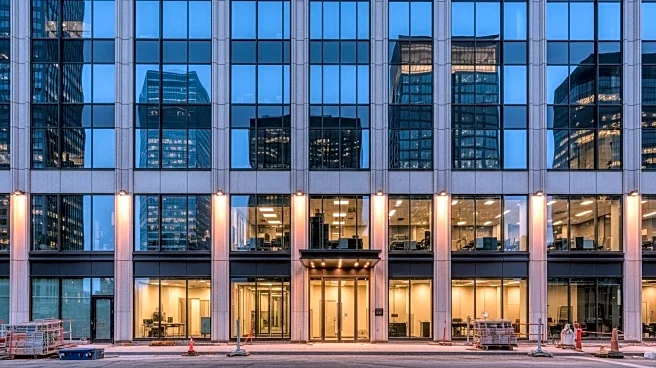What's Happening?
New York City is witnessing a surge in office-to-residential conversion projects due to changes in zoning regulations and persistent office vacancies. According to a report from Cushman & Wakefield, annual conversions increased from 1.6 million square feet in 2023 to 3.3 million square feet in 2024. The city is experiencing historically high office vacancy rates, peaking at 23.8% in June, and slightly decreasing to 22.3% in August, which is still more than double the pre-pandemic average. Office valuations have dropped significantly from $1,037 per square foot in 2019 to $567 per square foot this year. Regulatory reforms, such as the Office Conversion Accelerator Program launched in 2023, have reduced administrative hurdles, while a 2024 tax incentive has made more projects financially viable. The City of Yes zoning reforms, lifting of the FAR cap, and approval of the Midtown South Mixed-Use Plan have expanded eligibility for conversions, with an additional 8.8 million square feet of projects proposed.
Why It's Important?
The increase in office-to-residential conversions in New York City is significant for several reasons. It addresses the high vacancy rates in office spaces, which have been a concern since the pandemic. By converting these spaces into residential units, the city can better meet housing demands and potentially stabilize the real estate market. This shift also reflects broader trends in urban planning, where cities are adapting to changing work patterns and the need for more housing. The financial incentives and regulatory changes supporting these conversions indicate a proactive approach by the city to revitalize underutilized spaces, which could lead to economic growth and improved urban living conditions.
What's Next?
As office vacancies remain elevated, conversions are expected to continue playing a central role in New York City's real estate landscape. Stakeholders, including developers and city planners, will likely focus on optimizing these projects to meet housing demands while ensuring financial viability. The ongoing support from regulatory reforms and tax incentives will be crucial in maintaining the momentum of these conversions. Additionally, the success of these projects could influence other cities facing similar challenges to adopt comparable strategies.











